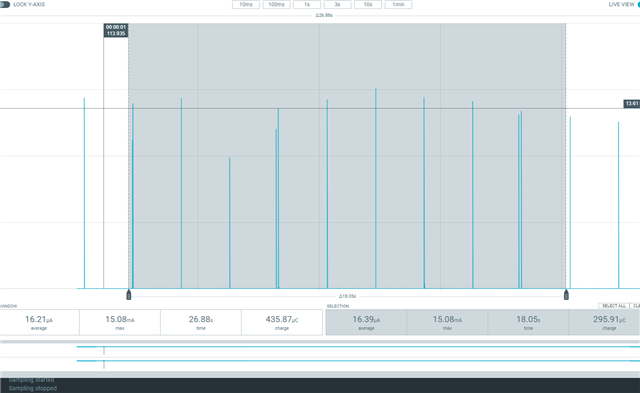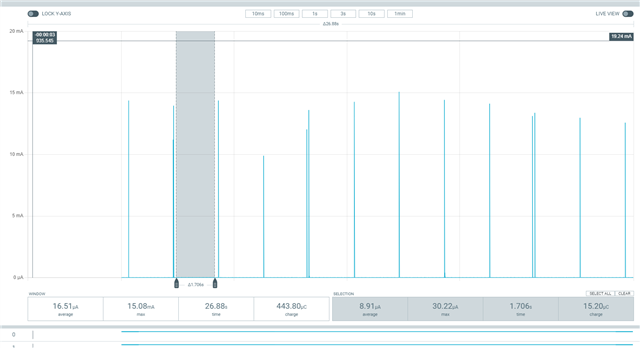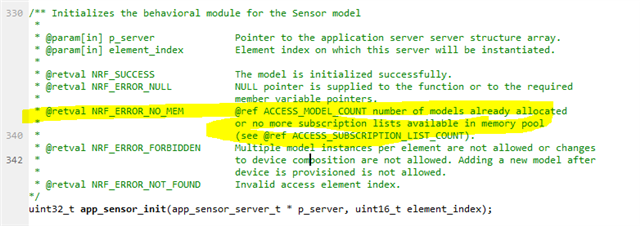Hi,
I am using nrf mesh sdk v5.0.0 and am using sensor server model example to build our own application on top of it. SOC we are using is nRF52832. I have enabled the LPN mode in the example and I am also able to establish friendship with a nearby friend node. And am also receiving messages intended to the LPN node when the LPN node polls its friend node. The purpose for LPN node is to reduce battery consumption by disabling the scanner. But the device is consuming a solid 5 - 8 mA after establishing friendship. Is it possible to reduce the battery consumption in the micro amperes range. Any guidance on how to achieve it would be really great. I am also interfacing an LED, I2C sensor and a switch with the SOC. Before and after establishing friendship, I am seeing same amount of current being consumed.





